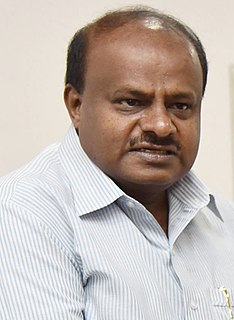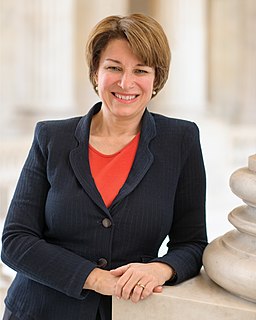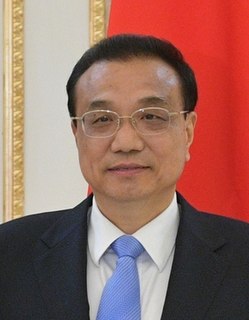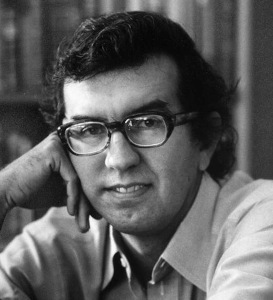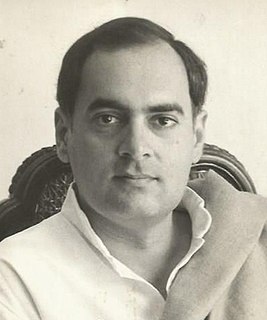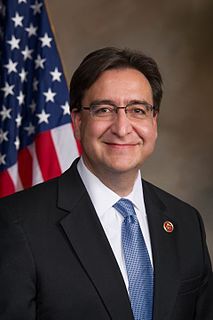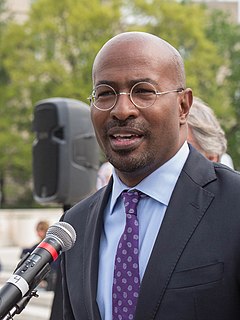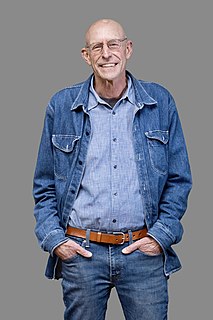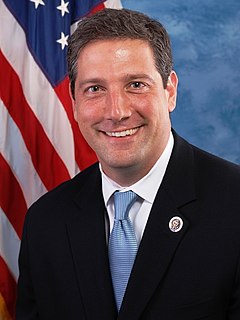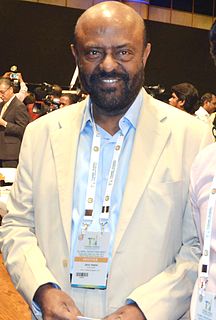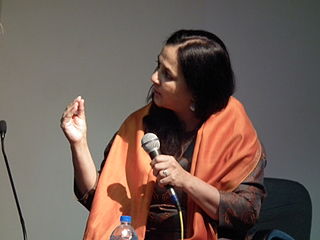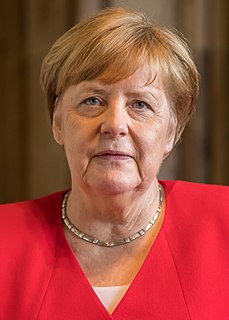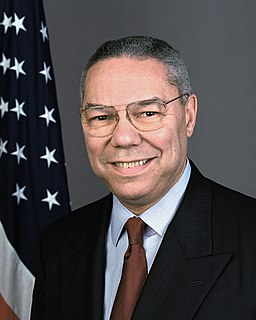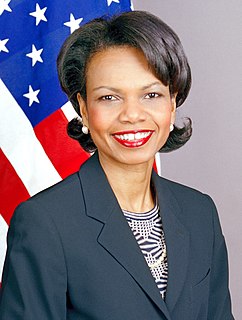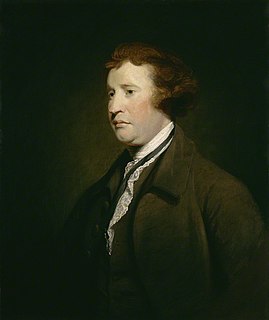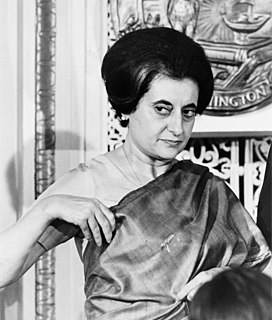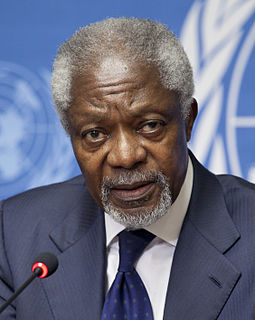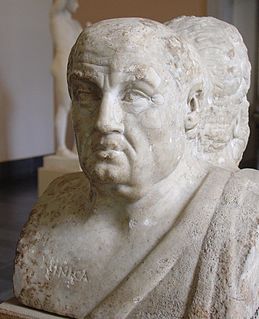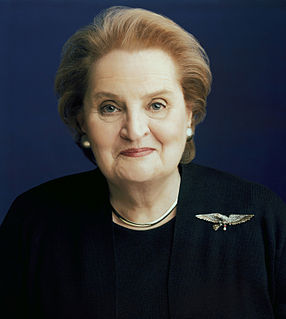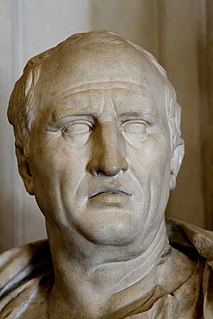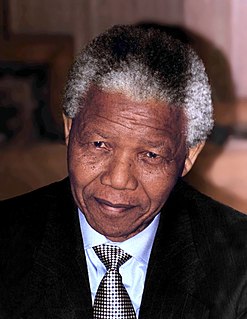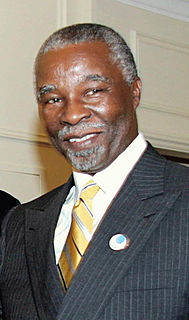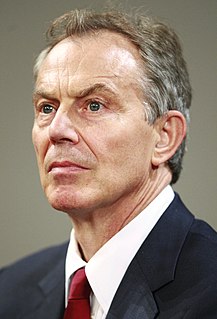A Quote by A. P. J. Abdul Kalam
Smart habitation is an integrated area of villages and a city working in harmony and where the rural and urban divide has reduced to thin line.
Related Quotes
To Mahatma Gandhi, the key to India's progress was the development of its villages. In his unified vision, education, agriculture, village industry, social reform all came together to provide the basis for a vibrant rural society free from exploitation and linked to the urban centres as equals. Our planning incorporates this basic insight.
Cities must urge urban planners and architects to reinforce pedestrianism as an integrated city policy to develop lively, safe, sustainable and healthy cities. It is equally urgent to strengthen the social function of city space as a meeting place that contributes toward the aims of social sustainability and an open and democratic society.

